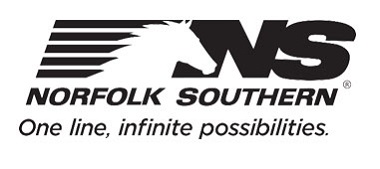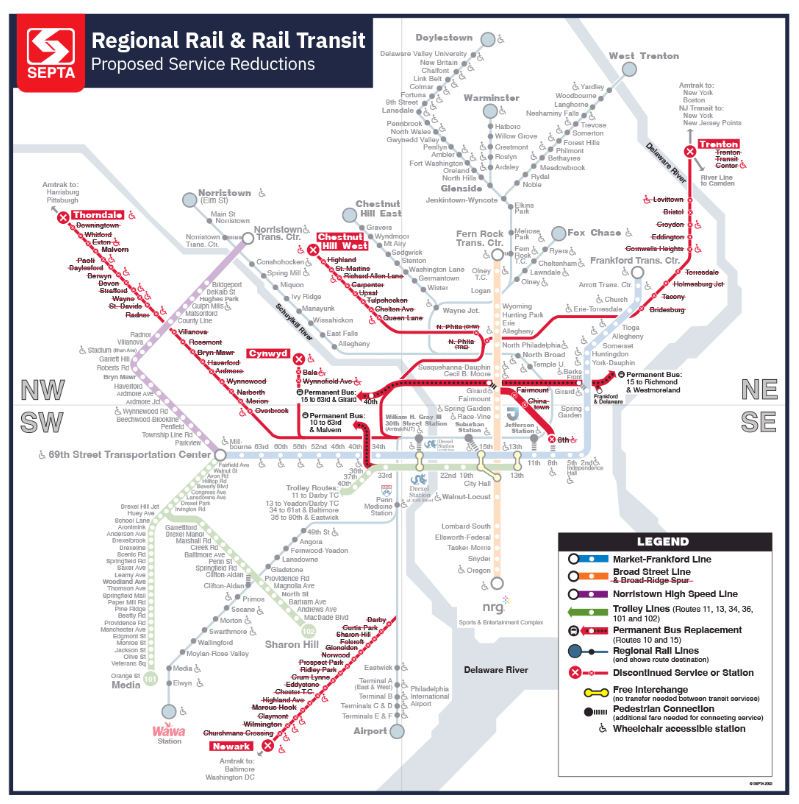HAMILTON, Ohio — Two Norfolk Southern trains collided early Tuesday morning, injuring at least one crew member and disrupting traffic in an adjacent Cincinnati suburb.
The accident occurred about 1:30 a.m. In an email statement to Fox 19 TV, Norfolk Southern spokesman Tom Werner said southbound intermodal train 25A rear-ended train 143, derailing three cars on the latter train. “One crew member of 25A reported an injury,” Werner said in the statement. “Both crew members of 25A have been taken by ambulance to a local hospital for examination.”
Train 143 is an Elkhart, Ind.-Chattanooga manifest train; intermodal train 25A runs from Chicago to Danville, Ky. The accident occurred on the NS New Castle District line, after train 143 had reported an emergency brake application around milepost CF27.0.
The derailed cars included two loads of butane and one of pulpwood. Werner said there were no leaks and no fire, but a hazardous material team has been called to oversee recovery of the loads.” Local residents were also reported to have been evacuated.
The collision has blocked North Gilmore Road in Fairfield, leading to a two-hour delay in the opening of Fairfield schools on Tuesday morning, Fox 19 reports.
The New Castle District line is a blend of former NKP and PRR trackage that runs from Fort Wayne to the Cincinnati suburb of Evendale, where it joins ithe former Conrail Dayton District line for the final leg to Cincinnati. Between Butler Street interlocking in Hamilton and Cincinnati, both NS and CSX Transportation use the line as part of a Directional Running Agreement, with trains of both railroads using NS trackage southbound and CSX trackage northbound. With crews working to clean up the damage of the collision, both railroads are currently using CSX’s former B&O trackage between Hamilton and Cincinnati.
— Updated Oct. 8 at 9:40 a.m. CDT to correct location, add additional information. Trains Magazine staff contributed to this report.














I see these train regularly go by my house following each other on approach or advanced approach signal indications. Just a guess, if they were following on an approach signal it’s possible the leading train went into emergency as it just cleared the next signal and the following train was running expecting another approach signal, found instead, a red and the stopped train just beyond the signal. The leading crew may have been slow to announce the emergency or the following crew missed the call on the radio.
PTC was cut in on this line about a year ago.
The P in PTC is for Positive. You can’t exceed movement authority without jumping through some hoops. It will be interesting to find out the details of this one…
@Andrew Selden, this is pure speculation, since we don’t know exactly what happened, but in any case PTC will not prevent rear-end collisions at slow speed. PTC does not know where the end of the train in front of you is, so it is still up to the crew to proceed according to restricted speed. PTC won’t let you go faster than restricted speed, but you can definitely still collide with whatever is in front of you. And even at 5 mph it’s a big hit, capable of causing a derailment and injuries.
That is, assuming PTC is installed, online, and in use on that train. Otherwise regular rules apply, and the crew could have missed a signal or made the same misjudgment in terms of adhering to “be able to stop within one half the range of vision”
No PTC?
@Stephen Roberts, as far as I know, zero.
This was a rear-end collision.
If horses wanted to squabble with each other, doing it on the rails is not the best way to do it.
How many head-on wrecks in the last 12 months have NS and CSXT had?
PTC is not capable of preventing collisions when trains are operating at Restricted Speed. However, PTC is proving valuable at preventing high speed collisions and track authority incursions.